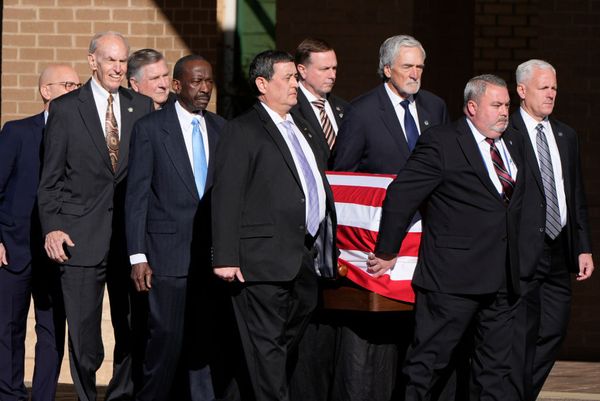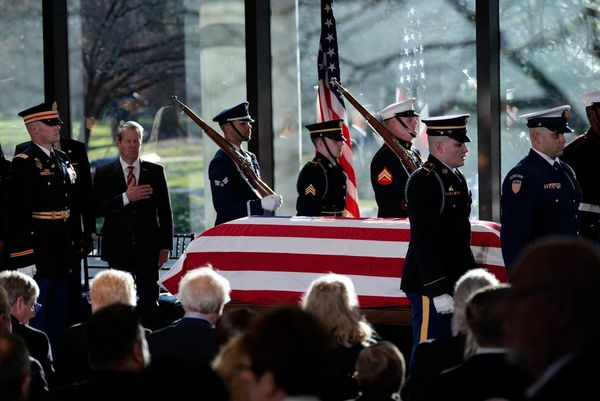
Milan (AFP) - Italy's sensational Six Nations win over Wales prompted star Ange Capuozzo to urge his countrymen to prove they were not a "dead nation", and bubbling below the Azzurri's senior team is a youth sector which is very much alive.
The day after that historic win at the Principality Stadium, Italy's under-20s ran in four tries in a convincing 27-20 win over the Welsh, their third win in that age group's Six Nations after also beating Scotland and England.
The under-20s' displays are no fluke as the under-18s have also been racking up wins against the northern hemisphere's big boys in recent years.
Around 120 of Italy's most talented under-18 and under-19 players train at four national centres run by the Italian Rugby Federation (FIR) in Milan, Rome, Treviso and Prato which then feed their best to a single national academy for the under-20s.
Milan's is hosted at the Istituto Leone XIII, a private school located on the edge of the city's well-heeled City Life district.
The players stay there Monday to Thursday, going to school either on site or elsewhere in Milan before training in the afternoon on the school's rugby and football pitches, which they share with the regular primary and secondary pupils.
"We need to find a way to help our boys study, train, eat, sleep and have quality social time in the most economically sustainable way possible," the FIR's technical director Daniele Pacini told AFP.
The centres, which have been in place since 2016 and each cost the FIR around 400,000 euros a year, offer differing environments.
For instance the Rome centre is hosted in the national Olympic training facility and has a better sporting infrastructure but no school on site and is in a city with poor public transport links.
"Here (in Milan) we have a good system because they sleep in a safe place, the pitch is here, and some of them go to school here too," said Pacini, a former under-21 international whose playing career was cut short by injury.
Transitions
Change is afoot however as the FIR tries to improve the transition from under-20 level to senior international rugby.
Head coach Kieran Crowley brought up this issue after Italy's 33-22 home loss to Scotland earlier this month, and in an attempt to help that step up the current four centres will from September be reduced to two, in Milan and Rome.
Two new centres for the under-20 and under-21 levels will be placed with Italy's two biggest franchises -- Benetton in Treviso and Zebre in Parma.
"It's a professional environment, where there are professional players, matches in the URC (United Rugby Championship) against international opposition and therefore an environment in which a player can complete their development," said Pacini.
"We'll see how it goes, we'll try to do as much as we can to not lose what we have achieved up to the under-20 level."
The FIR is stuck with the difficult task of using its annual budget of around 45 million euros to try to make the senior team competitive while also broadening the grass roots player base.
Before the Covid-19 pandemic there were 70,000 registered rugby players in the whole of Italy, with around 25,000 between the ages of five and 12. The first figure is some way down on the 90,000 high recorded between 2013 and 2016.
Six Nations essential
According to FIR participation figures, as of March 2020 Italy had 17,000 registered players aged 13 to 17, while England had over 600,000.
"Since then we've lost a good 40 percent of them," said Pacini.
"But as well as having fewer players, Scotland, who have the nearest numbers to ours at grassroots level, also have a Union with 12 million euros more in their annual budget.Forget about England or France..."
He explains the strategy of Stephen Aboud, the Irish Rugby Football Union's former development director who was brought into the Italy set-up in 2016 by Pacini's predecessor Franco Ascione, as pulling up the tip of a narrow pyramid, at the bottom of which are the grassroots numbers.
"We have a tip which needs to be at the same height as those of the other teams, otherwise we'll have to leave the Six Nations," said Pacini.
And leaving the Six Nations would be catastrophic as 95 percent of the FIR's budget comes from the tournament, with around 40 percent of that used for grassroots and youth development.
"We can try to expand the grassroots participation but it's long-term," said Pacini.
"To triple the 25,000 children we had pre-pandemic would take 20 years, if we do it right.
"But in the meantime the national team can't lose continuously for another seven years."







